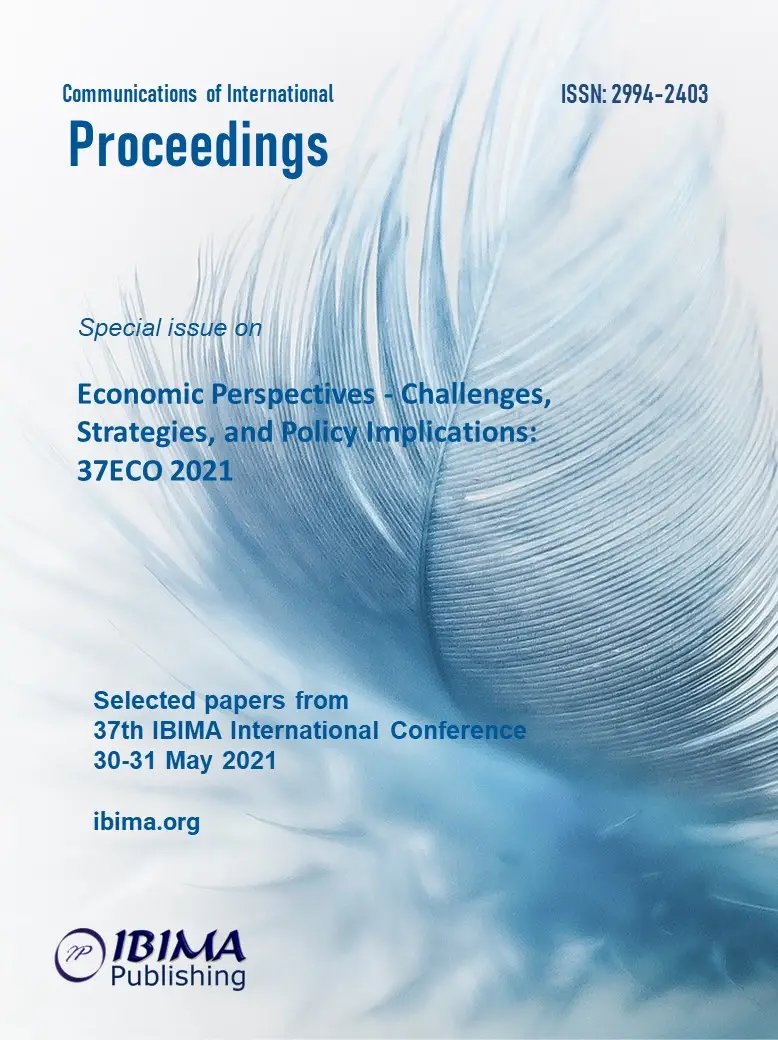
Iwona BĄK and Joanna PERZYŃSKA
West Pomeranian University of Technology, Poland

The article aimed to designate groups of European Union countries similar in terms of gender equality and the position of women and girls. Self-organizing Kohonen networks were used as a research tool, and the input values were variables related to the implementation of the Sustainable Development Goals. The applied research approach proposed transforming the variables, allowing for obtaining indicators that would enable both the assessment of gender equality and the direction of the existing imbalance. The conducted research shows that the situation of the EU countries in terms of gender equality was varied. Most often, a gender imbalance meant a more favorable situation for men. In 2010, the lowest gender imbalance in most of the study variables was found in five countries: Denmark, Finland, Sweden, Latvia, and Lithuania. In 2018, the lowest gender imbalance still persisted in the first three countries; a similar situation was also in Germany, Spain, France, Netherlands, Austria, and the United Kingdom. In 2010, the most unfavorable situation for women existed in fifteen countries, while in 2018, this trend continued in: Czech Republic, Greece, Hungary, Malta, Romania, Slovakia.